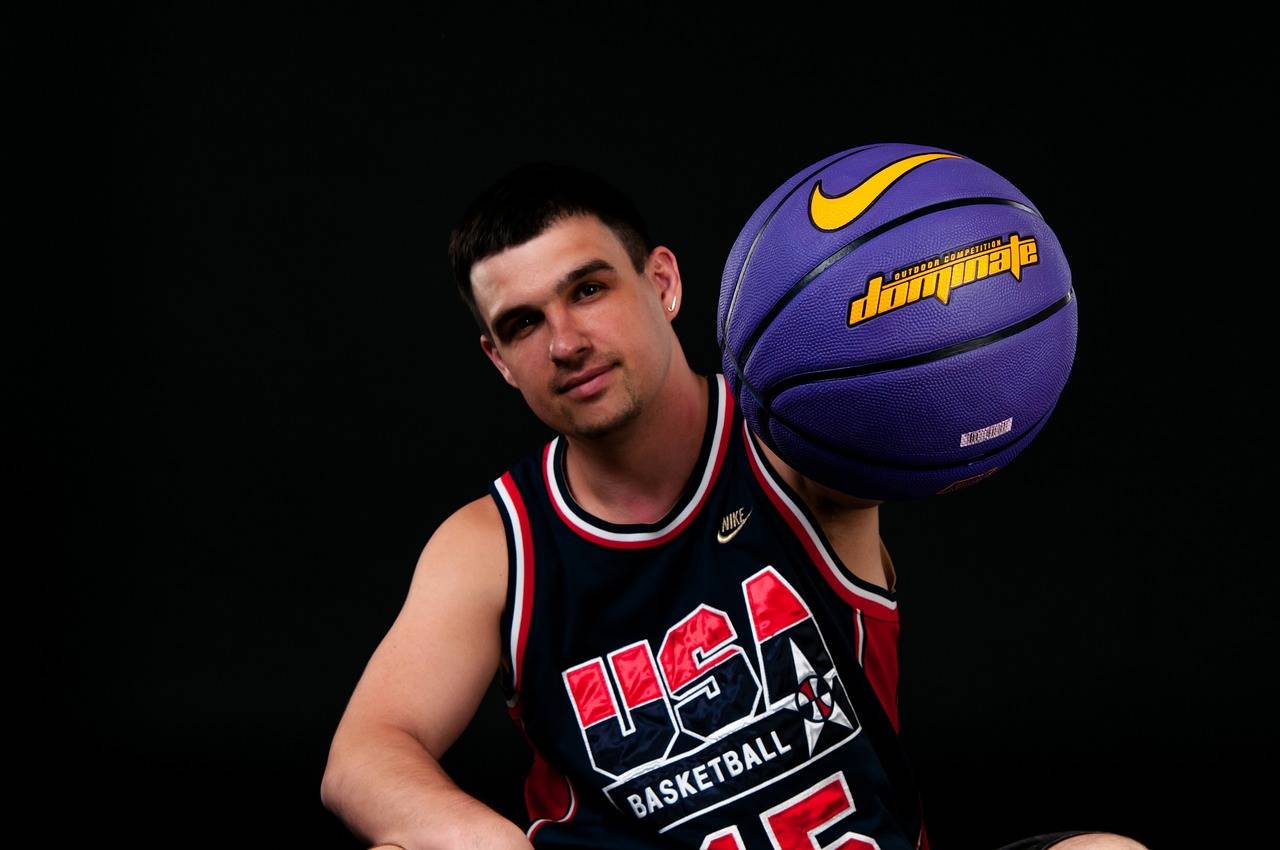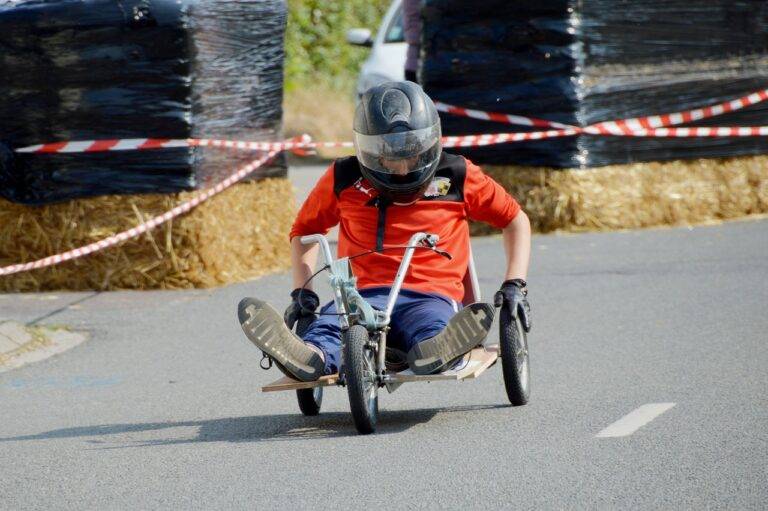The Role of Women in Horror Films: Breaking Stereotypes and Shaping Genre Trends
In the early days of horror cinema, female characters were often depicted as helpless victims who screamed and ran away from the menacing monsters. They were portrayed as damsels in distress, needing a strong male hero to come to their rescue. These women lacked agency and depth, serving primarily as plot devices to further the narrative or as objects of desire for the male characters.
However, as the genre evolved, so did the depiction of female characters in horror films. Women began to emerge as complex, multifaceted protagonists who could not only defend themselves but also challenge the conventions of the genre. They were no longer relegated to the role of the victim but instead became powerful figures who could outsmart and outmaneuver their adversaries. The evolution of female characters in horror films reflects larger societal shifts towards gender equality and the empowerment of women in the media.
Portrayal of Women in Early Horror Cinema
In the early days of horror cinema, female characters often found themselves relegated to the roles of damsels in distress. These women were typically portrayed as helpless victims, whose main purpose was to serve as a catalyst for the male hero’s development or to add to the suspense and terror of the plot. Their characterization revolved around their beauty, vulnerability, and tendency to scream at the sight of danger.
Furthermore, female characters in early horror cinema were frequently depicted as being incapable of defending themselves or fighting back against the monstrous forces that threatened them. This lack of agency reinforced traditional gender stereotypes and emphasized the idea that women were in need of male protection and intervention. As a result, the portrayal of women in these films often perpetuated outdated and limiting views of femininity and female autonomy.
How were women typically portrayed in early horror cinema?
Women in early horror cinema were often portrayed as damsels in distress or victims in need of saving by male protagonists.
How did the portrayal of women in horror films evolve over time?
The portrayal of women in horror films evolved to include stronger, more independent female characters who could take charge and even serve as the heroes of the story.
Were there any notable female characters in early horror cinema that deviated from traditional portrayals?
Yes, there were some notable female characters in early horror cinema who deviated from traditional portrayals, such as the “final girl” archetype who outwitted the killer and survived until the end of the film.
Did the portrayal of women in horror films reflect societal attitudes towards gender at the time?
Yes, the portrayal of women in horror films often reflected societal attitudes towards gender, with female characters being seen as more passive and submissive in earlier films, and more empowered and assertive in later films.
How have modern horror films continued to challenge stereotypes and tropes surrounding female characters?
Modern horror films have continued to challenge stereotypes and tropes surrounding female characters by featuring complex, multi-dimensional women who are not simply victims or objects of male desire, but fully fleshed out individuals with agency and autonomy.





